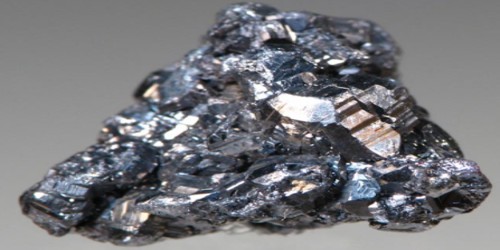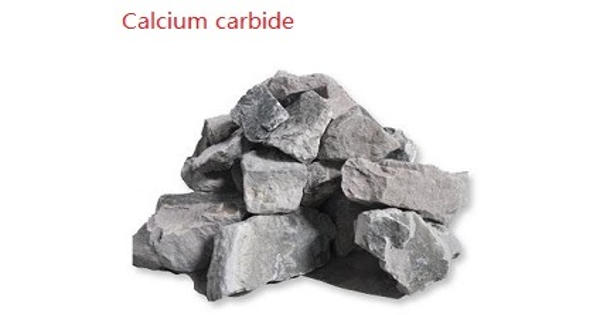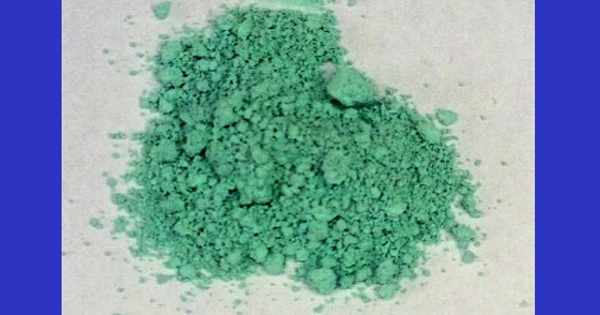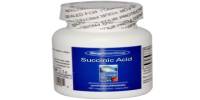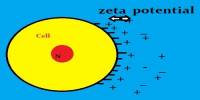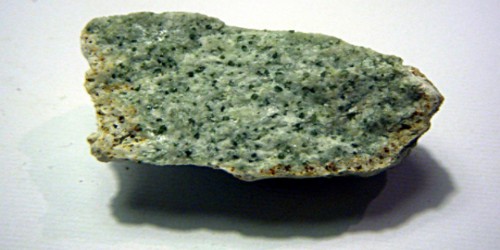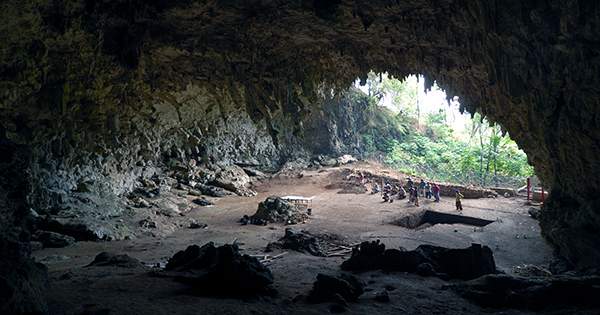Acanthite is a form of silver sulfide with the chemical formula Ag2S. It is one of the most important ores of silver. It crystallizes in the monoclinic system and is the stable form of silver sulfide below 173°C (343°F). It is the low-temperature modification of silver sulphide. All natural silver sulphide specimens at room temperature are acanthite.
The structure of Argentite, the high-temperature cubic (isometric) form cannot be quenched. The tarnish on sterling silver is chemically the same as acanthite. It is the stable form above that temperature. As argentite cools below that temperature its cubic form is distorted to the monoclinic form of acanthite. Below 173°C acanthite forms directly. It is the only stable form in normal air temperature.
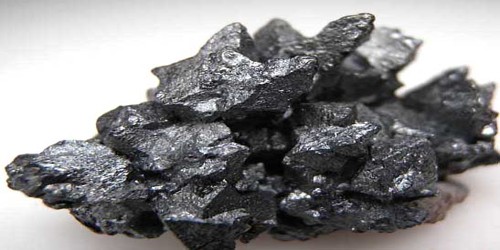
Acanthite Composition: It has a molecular weight of 247.80 gm with 87.06 % Silver (Ag) and 12.94 % Sulfur (S).
General information:
- Category: Sulfide mineral
- Formula: Ag2S
- Crystal system: Monoclinic
- Crystal class: Prismatic (2/m)
- Color: Iron-black
- Cleavage: Indistinct
- Fracture: Uneven
- Tenacity: Sectile
Occurrence
Acanthite is a common silver mineral in moderately low-temperature hydrothermal veins and in zones of supergene enrichment. It occurs in association with native silver, pyrargyrite, proustite, polybasite, stephanite, aguilarite, galena, chalcopyrite, sphalerite, calcite and quartz.
Acanthite crystallizes in the monoclinic system, and Argentite crystallizes in the isometric system. However, the crystal structure of Argentite is unstable at temperatures below 356° F (180° C), and below that temperature its crystal structure will change to Acanthite, though retaining the isometric crystals of Argentite. Therefore, Argentite specimens are really Acanthite pseudomorphs after Argentite.
It was first described in 1855 for an occurrence in the Jáchymov (St Joachimsthal) District, Krušné Hory Mts (Erzgebirge), Karlovy Vary Region, Bohemia, Czech Republic. The name is from the Greek “akantha” meaning thorn or arrow, in reference to its crystal shape.
Physical Characteristics
Know about some of the major physical characteristics of this substance.
- It appears as lead gray to black in color.
- It is opaque.
- It has a metallic luster.
- It has a hardness of 2.5 to 3.
- Hardness in Vickers is VHN50=21 – 25 kg/mm2
- Specific gravity of this ore of silver is around 5.5 to 5.8.
- Approximate density of it is 7.2 – 7.4 g/cm3.
- It has a conchoidal fracture.
- It has a shiny black streak.
- This mineral can be cut with a knife like lead. After cutting, new shiny exterior will finally turn dull on long contact with light.
- It is non-fluorescent and nonmagnetic.
Information Source:
